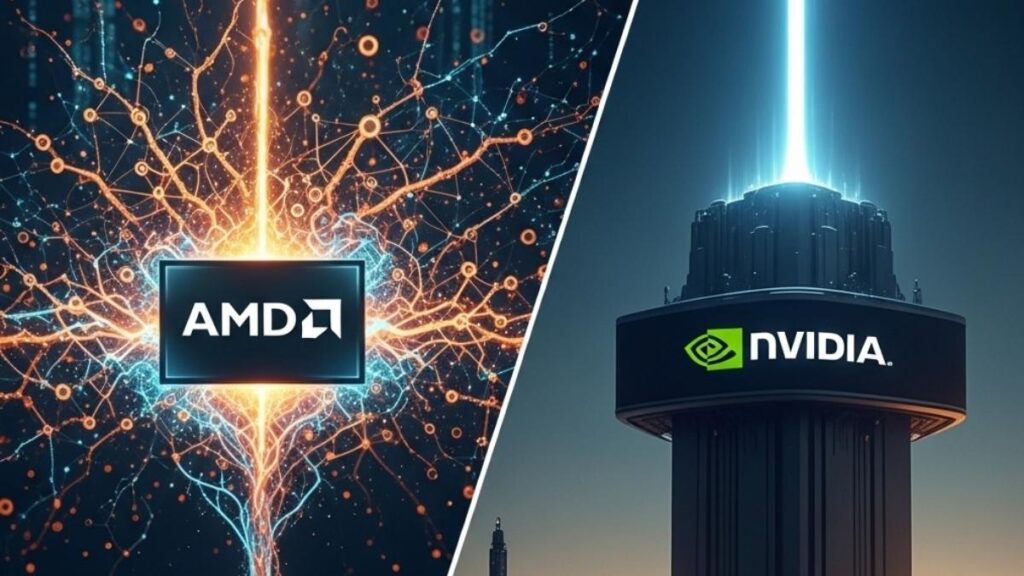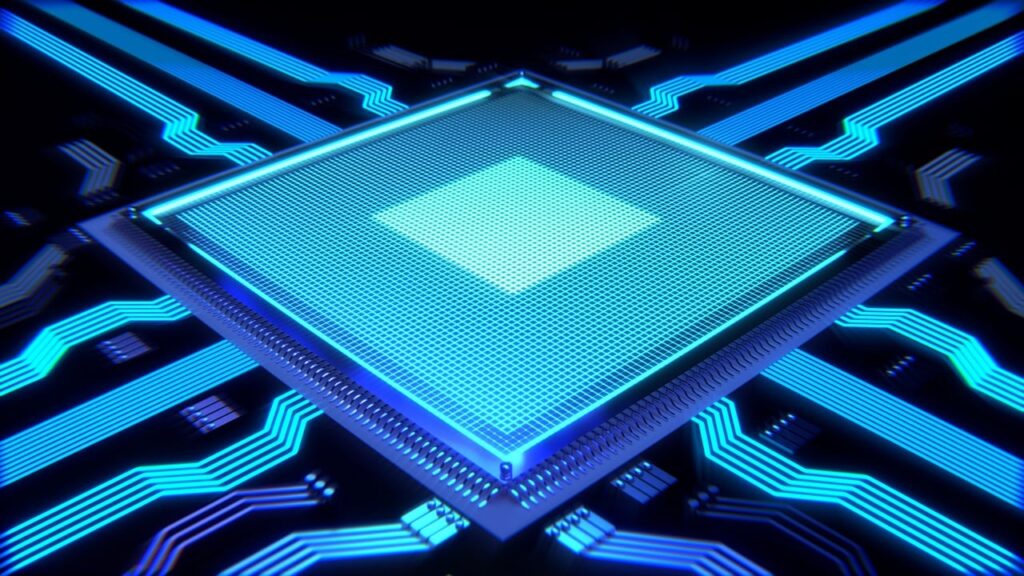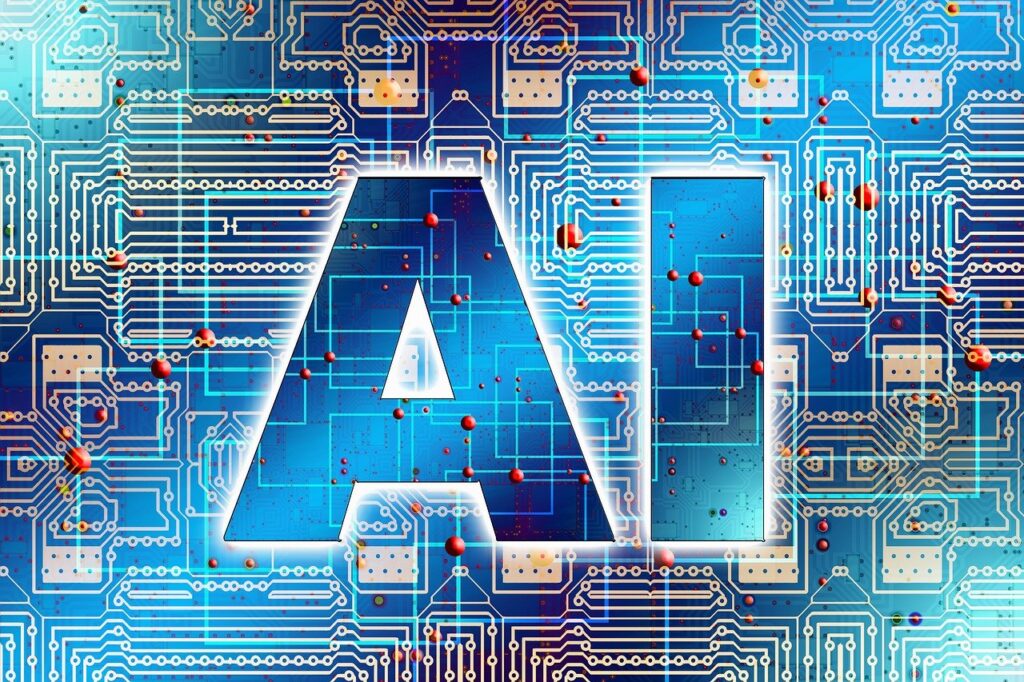BlackBerry reminds me a bit of Microsoft in the early days. That is, Microsoft wasn’t religious about the hardware and could drift between platforms relatively easily. On cars, BlackBerry QNX is the dominant operating system and the firm works with NVIDIA, Intel, and Qualcomm on solutions—each of which is dramatically different than the other. Of the three vendors, NVIDIA has become the most interesting as we advance to autonomous cars because they pivoted to provide the brains—the most important part—of the car early on and have a substantial lead as a result.
I’m at the BlackBerry analyst event this week and one of the interesting talks is by Mathias Halliger—one of the most senior executives out of NVIDIA. He not only praised the relationship with BlackBerry, but also spoke to the future of car technology. Mathias is out of Audi, which was also really early and aggressive in terms of the development of the autonomous car, and he likely is one of the leading experts on where the industry is and needs to go right now.
Let’s talk about some of the interesting things he said.
One Brain for the Entire Car
One of the big problems with existing cars is that they are a mess of non-compliant networks, wiring models and technologies, and the intelligence in the car is often distributed and not very friendly. By “not friendly” I mean it doesn’t talk to other parts of the car very well and it is a royal pain to diagnose and fix problems, not only from car to car, but even inside the car generation to generation. Today’s car is kind of a mess of technologies supplied by different vendors based on different ages of automotive technology and all mashed together into something that most of us couldn’t figure out even if we had a PhD in automotive technology.
Halliger argued that the future of the car was one brain that could be compartmentalized, much like cloud services are compartmentalized, to distribute the intelligence without distributing the hardware. This also allows the result to dynamically shift resources as needed. For instance, on a sunny day with little traffic the resources could largely be used for entertainment, but on a dark stormy night with lots of traffic and an accident in close proximity the media playback could be paused, and all mental resources could be shifted to mitigating the resulting risk of an accident.
This would likely help rationalize the in-car networks, allow for a far stronger security solution (likely built around BlackBerry’s platform) and the result is not only a far smarter car, but one that is both more secure and vastly easier to diagnose and fix. The Tesla, for the most part, is built like this today and tends to be more appliance-like than car-like as a result. Certainly, the implication is that electric cars will likely lead the way because they tend to be cleaner slate designs and less likely to use legacy technology.
The Importance Of Simulation
After the Uber accident where an allegedly jaywalking pedestrian was killed, it should have been clear to everyone there are some autonomous cars and technologies that shouldn’t yet be on the road. A big part of the problem is that these systems aren’t fully trained yet and they are getting much of their training on the road making any mistakes potentially life threatening.
Much like we train drivers and pilots on simulations before we let them behind the wheel, what NVIDIA has been pitching is using simulation to train the autonomous drive systems. Unlike with people, you don’t have to run these simulations at real time but at computer speeds. This means the same benefits that might normally take weeks could be achieved in minutes and the simulations can emulate infrequent events like power outages, heavy weather, catastrophic failures, or jaywalking pedestrians that emerge suddenly from between parked vehicles that would otherwise put lives in danger, risk free.
Had that autonomous Uber car been training in simulation rather than on the road it is far more likely the pedestrian would still be alive (though, to be fair, after watching the video I’m pretty sure a human driver would have hit her as well. Dark clothing, no street lights, and crossing without a crosswalk is generally life threatening).
Wrapping Up
As I mentioned in passing, I think the impact of the changes Halliger was talking about will have the biggest impact on electric autonomous cars because they tend to be clean slate designs. The Jaguar iPace (I have one on order) likely sets the bar in this regard for coming cars and the Tesla S/X/3 for cars already on the road. The result of the application of both initiatives are cars that are smarter, safer, more reliable, more secure, and far less likely to create an accident once on the road. Together NVIDIA and BlackBerry are doing some amazing things neither could do alone that we, as car owners, desperately need done.
One final thought, at the BlackBerry event there were two cars that used Intel and not NVIDIA technology. While the features were compelling, the presentation wasn’t as compelling as some of the similar things NVIDIA does. This is because NVIDIA also does graphics and their latest technology makes for a stunning dash presentation, something Mercedes is showcasing this week. It is also interesting that Audi was the first to deploy this 3D instrument graphics technology and, I think, stunning displays will sell more cars than dull ones will. If NVIIDA has their way the inside of the car will quickly become more interesting than the outside and, with an autonomous car, that may actually make a ton of sense. If they can do something like that with an Aston Martin DB11, which is basically rolling art, without degrading the outside I’d say it was a legitimate “mission accomplished”.
- The Human Element: HP’s Latest Security Report and My Near-Miss with a Digital Predator - July 11, 2025
- The Mighty Mini: Why HP’s Z2 Mini G1a Workstation Is the Unsung Hero of AI Development - July 7, 2025
- The HP OmniBook X Flip 2-in-1 16-Inch: Your New Digital Swiss Army Knife (Now in Glorious Atmospheric Blue) - June 25, 2025




Comments are closed.